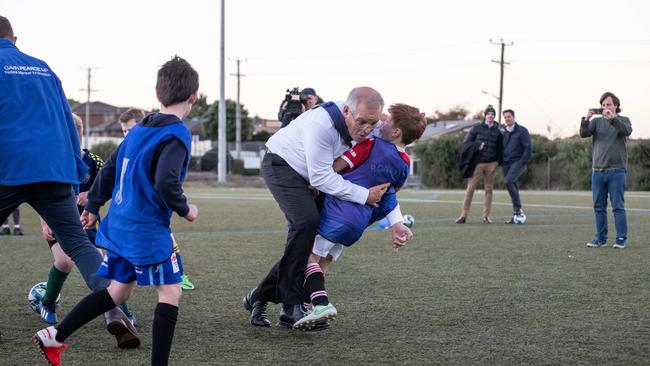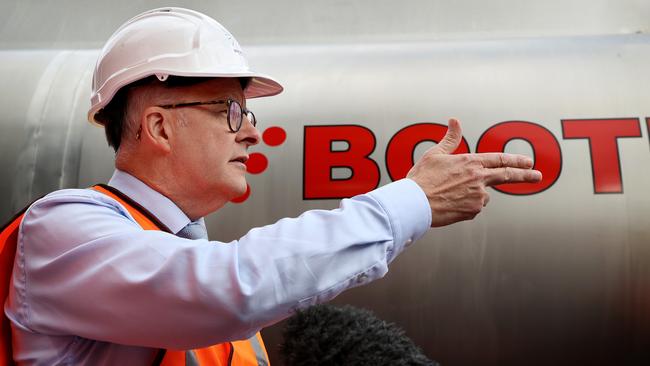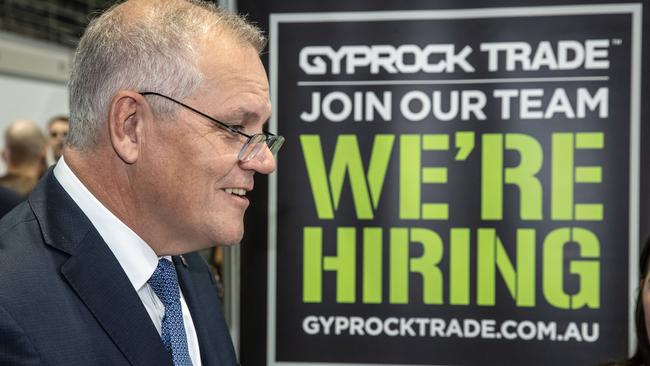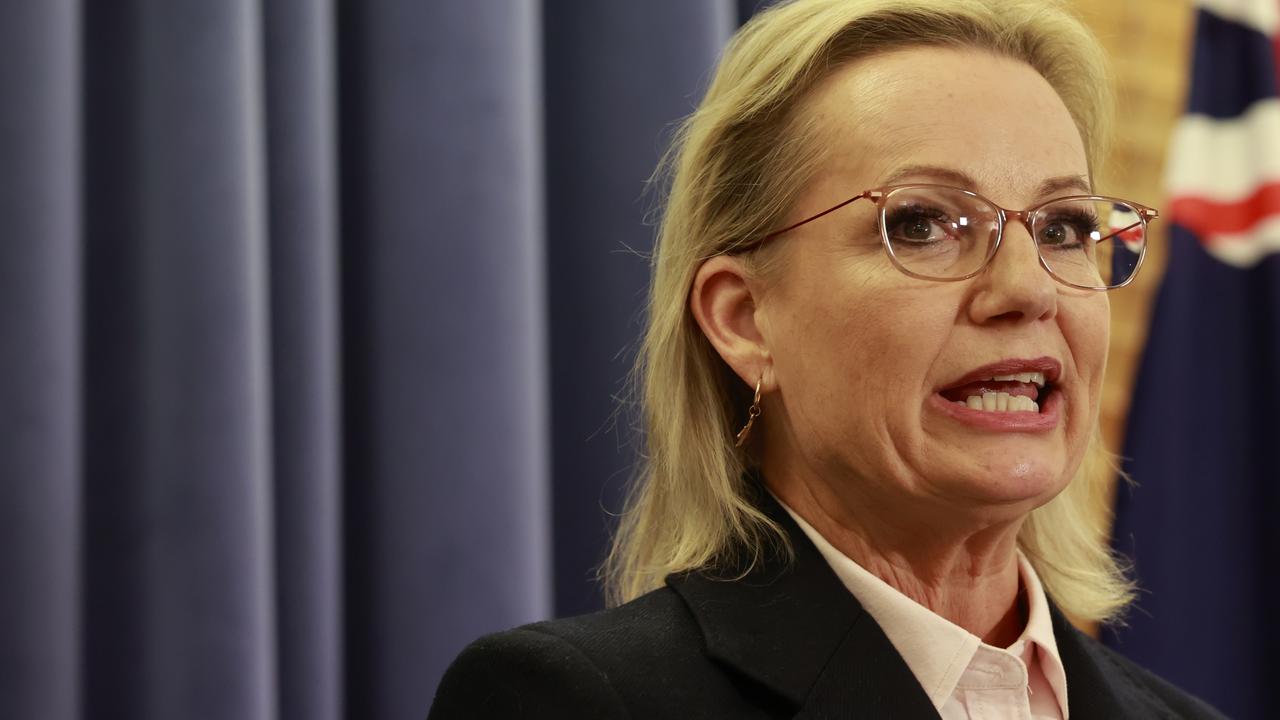Federal election 22 analysis: How it all went so wrong for Scott Morrison
In the end, the voters remained determined. Nothing Scott Morrison did could sway them – and it all came down to one key problem.
Analysis
Don't miss out on the headlines from Analysis. Followed categories will be added to My News.
Scott Morrison’s promise to change his ways failed to resonate with the electorate. One Liberal MP likened him to a bad boyfriend promising to do better.
Focus groups considered Anthony Albanese was the “best of a bad lot”, though voters had doubts about his ability to do the job.
The Coalition was unable to stop the six-week campaign turning into a referendum on Mr Morrison’s character, and his last-minute promise to show a more empathetic side failed to turn the tide.
“It’s like a bad boyfriend – don’t leave me, I can change,” an unimpressed Liberal commented after Mr Morrison’s pledge.
“Bulldozer – I think there’s a few too many syllables in there,” the MP said.
In hindsight, the metaphor was awkward. Mr Albanese seized on it immediately to accuse him of being a wrecker.
Labor also ran a concerted campaign calling him a bulldozer after he tripped over a little boy on a soccer pitch in Tasmania, the pair crashing to the ground.

Behind the scenes, some Liberal strategists doubted the wisdom of getting people talking about Mr Morrison. Until then they’d been focused on making sure it wasn’t a referendum on his character, because they knew his unpopularity was a drag on their vote.
But it’s hard to know if the campaign made much difference at all.
After 42 days of gaffes and gotchas, bullies and bulldozers, the opinion polls remained exactly the same as the day it began.
Strategists from both major parties were scratching their heads after six weeks ended with Newspoll recording Labor and the Coalition on the identical primary (36/35) and two-party preferred (53/47) votes as when they started.
It was a campaign with few policy differences, or defining moments.
The end result was an electorate that had to choose between one leader whose ability they doubted and another they just didn’t like.
Labor went into the election a narrow favourite, and had to hold ground rather than make it up.
“A draw is a win,” one campaigner said of the day-to-day fight.

By comparison, the Liberals and Nationals needed to get wins on the board.
There were recurring themes throughout the campaign. One was Mr Albanese’s gaffes.
He forgot details or misspoke so often early in the campaign that his staff began to dread the daily public speaking engagement, whether it was the three leaders’ debates or the daily press conferences.
But in a twist of fate, Mr Albanese contracted Covid, and his week-long enforced isolation allowed the Labor campaign time to reset, and for senior frontbenchers Jason Clare and Jim Chalmers to step up and shine.
Mr Morrison, by comparison, did not fumble his numbers and unlike Mr Albanese was not visibly rattled by the media pack.
But nothing he said seemed to shift the dial.
Every scare tactic launched at Labor failed to hit its mark. Reprising the “mean girls” attack, and accusing Labor of being soft on China and enabling people smugglers seemingly amounted to little.
Focus groups on both sides were telling strategists the same thing. Whatever Mr Morrison was selling, voters weren’t buying.

Yes, voters were concerned about Mr Albanese’s ability, but they really didn’t like Mr Morrison. Without great enthusiasm, they decided to give the other bloke a go.
Liberals knew Mr Morrison was on the nose and tried to distance themselves. Josh Frydenberg put up new signs around Kooyong urging voters to “save Josh”.
In northern Tasmania, Bridget Archer changed some of her signage from Liberal blue to purple, under the slogan “Keep Bridget in Bass”.
In Wentworth, Dave Sharma’s campaign colours were almost teal.
In the final week of the campaign, the Liberals finally scored a hit with their policy to allow young people to use 40 per cent of their super to help buy a home.
The announcement, timed to ensure the union-backed super funds would have no time to campaign against it, was a policy point of difference, a genuine economic debate, and popular, and contributed to the narrowing of the polls.
But it was too little and much too late.
More Coverage
Originally published as Federal election 22 analysis: How it all went so wrong for Scott Morrison




